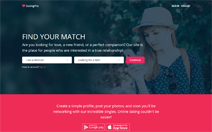Who Actually Buys From You And How To Get To Know Your Customers?
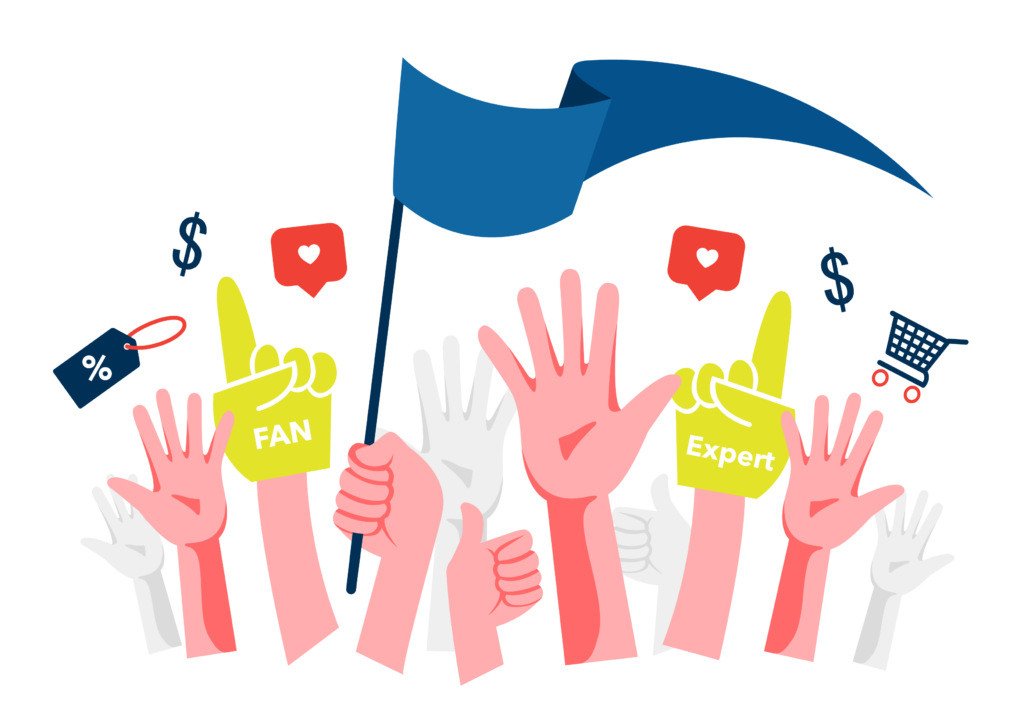
“Do we really understand who is actually buying from us? And what does it take to make them buy even more and more often? ”- those are the questions that constantly torment various entrepreneurs and product owners.
Imagine coming up with a cool idea, creating an awesome site, getting your first revenue, trying to scale your business to get even more revenue, watching a wave a new registration…but no 2x or 3x revenue. Why?
The most common issue – you don’t sell to the right people. or you don’t understand what your customers want. How to fix it? Get inside your customer’s brain and figure it out once and for good.
Customer: Who is it and what do they really need?
The consumer is a key link in any business. Based on their needs, you create your product or service, their actions increase your bank account, and they, incidentally, advertise your product to their friends at lunch.
Your customers would probably buy more often since they like the product, but you don’t know much about their lifestyle. But knowing about it can give you great suggestions for various ingenious promotion and sales mechanics.
On the other hand, you can suddenly find out that your audience is not quite what you thought it was, and because of that you find yourself in a gray zone – you can only bite the edge of this pie. Or you’d suddenly learn of a huge potential audience you did not expect before.
To find out who are your actual customers, what are they and to modify your marketing or service accordingly, you’d better study their lifestyle first, as well as the spectrum of interests.
This framework introduces three tools that you’d need to accomplish your task:
- Customer Profile
- Customer Interface
- Customer Timeline
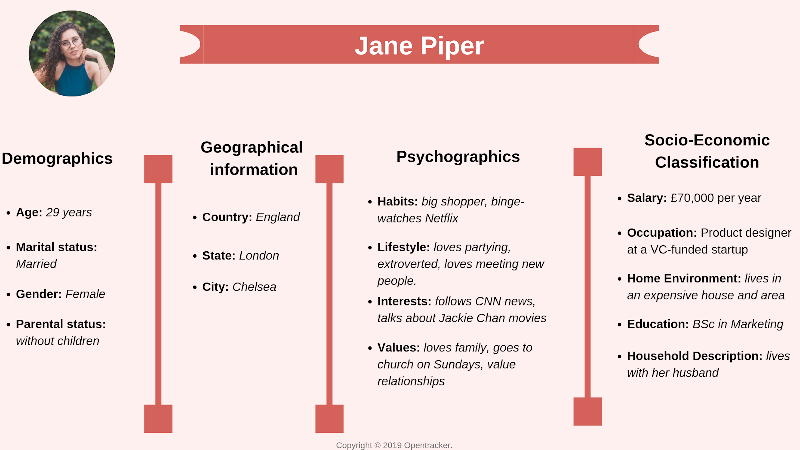
Tool #1: Customer profile
Gist: We use this tool to begin our understanding of the customer, to get the source data for ad targeting and to get an overall picture of the customer’s needs.
How-to: We fill out the customer profile by answering yourselves and collecting answers to this list of questions (direct and indirect interviewing of representatives of different target audiences):
Socio-economic and demographic parameters:
- What is their monthly income?
- How many bank cards do they have?
- What languages do they speak?
- What kind of education they have?
- Where do they work?
- Do they have a relationship or a family?
- What age segment do they belong to (18-20, etc.)?
- What is the sex ratio in your audience?
Leisure: preferences and statistics
- How much free time does a consumer have per month?
- How do they spend their free time?
- How much time do they spend on social networks?
- How many times a year do they go on vacation?
- If they had an additional 12 free hours per month, how would they spend it?
Interests and hobbies
- What are the main groups of their non-professional interests?
- What interests the consumer professionally?
- How do they restore energy after a working week?
- Which book did they read recently?
- What was the last movie they watched?
- What kind of music do they listen to while relaxing and working?
- What are their gastronomic preferences (food, drinks)?
- What do they wear, which brands and products they prefer?
- Where do they go to have fun?
- Are they fond of sports, fitness, workout?
- Do they support a healthy lifestyle?
- Are they interested in technology (from mobile phones to cars)?
- What hobbies do they have?
Preferences
- How do they prefer to receive information?
- How do they prefer to learn about entertainment?
- What events do they attend, where does it happen?
- What is the inner social motivation: what drives the purchase of various goods?
- What is the most relevant discussion topic from the emotional point of view?
- What are their plans for the next 3 months, 6 months, 1 year, 2 years?
Fears and hopes
- Why would they buy your product?
- What life fears do they have?
- What are they hoping for?
- What are they afraid of if we talk about your product?
- What do they hope for by purchasing your product?
- Who can influence their fears and hopes, whose opinion is significant for them?
How to get this info: We receive answers by observing users during advertising campaigns, as well as in the process of a personal in-depth interviewing. The main task is to casually talk about your business idea and lead a person to constructive criticism and suggestions regarding the construction and modification of a sales channel. It will not be possible to find out the answers to all of the questions at once, but over time you will learn to better understand the consumer, “hear” what they say between lines.
Results: The information you’ll amass will help you to set up advertising and reduce the cost of a click/conversion. When conducting research, do not forget that the conversion largely depends not only on how much you “guessed” about the consumer and pleased them but mainly due to the product’s features, quality of content and packaging.
What to do with the information:
- Organize the data in a table;
- Visualize customer profile;
- Analyze it and make a list of ideas on how you can apply new data to increase sales and profit;
- Write a step-by-step plan for implementing improvements based on your customer research;
- Make notes about your actions and the results you’ll obtain.
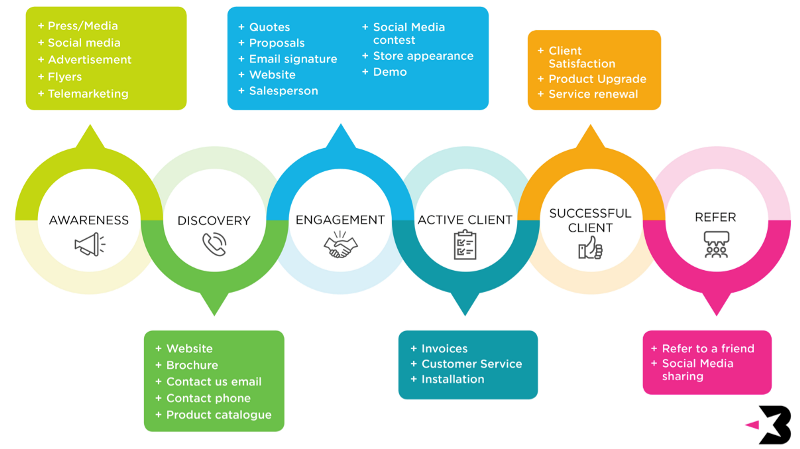
Tool #2: Customer interface
Gist: Using this tool we build hypotheses about the customer’s contact points with the outside world: we consider the communication and information channels, as well as products and services that they often use.
How-to: In each category, we need to highlight the brands, products, and services that are most often chosen by customers we are interested in.
Tool formats: Brainstorming and visualization.
Results: Thanks to the information, you can find out the best channels to reach the customer. Additionally, if you manage to identify the brands most often bought by your customer, it’d be easier to understand what values are really important to them. So, you will understand what you need to “push” in your offer, positioning, and advertising campaign to motivate them to buy from you. Moreover, with this tool, you will identify promotion partners and main distribution channels.
Example: Your customer often goes to Arte Salon (service), uses a platinum card, rides a bought-on-credit Audi and shops at WinCo. From here we can see that customer values are – privilege and quality, not price (Arte Salon and WinCo), security and protection (Audi). This means, that you need to increase the status of your offer, for example, sell ordinary products in the premium segment and, besides, use safety as a part of your advertising offer.
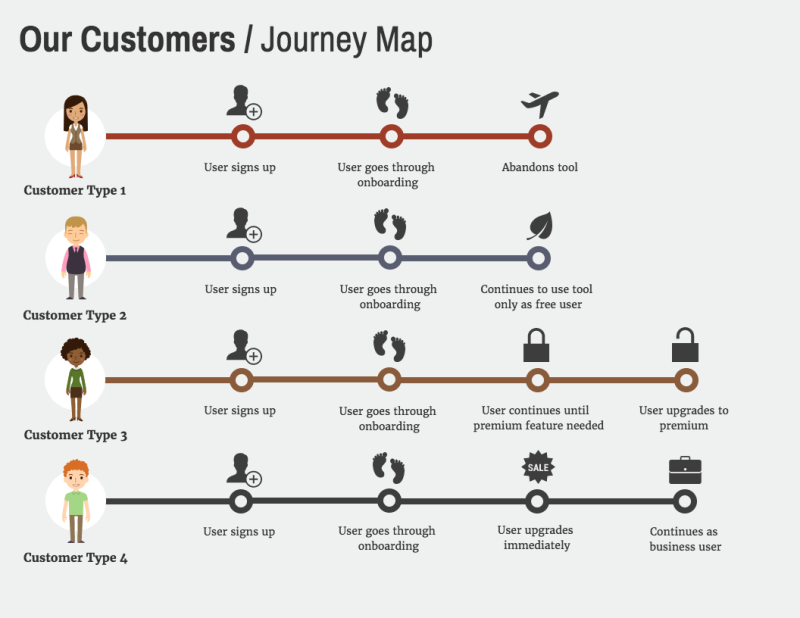
Tool #3: Customer timeline
Gist: You observe the usual day of the customer, analyze how they spend time. This gives you a better understanding of when and under what conditions they make purchases; when can they make them; what form the information should be presented to them in; what brands and potential partners intersect with your customer during the day; what goods do they encounter at the occurrence of a problem that you solve.
How-to: Two steps to use this tool. First, you examine their usual day, from morning to evening, to understand when they are most concentrated and at what points they can make a purchase. Then you need to understand what form and what media you’ll need to place the information about you product so that a client would see it and react properly (by the reaction we mean to convert or make a purchase).
Tool formats: In-depth interviewing, user shadowing research, studying customer profiles on Facebook and Instagram. Also, if possible, you can visually examine the personal space of the customer, the objects that they use, the people around them, the preferred color scheme, etc.

